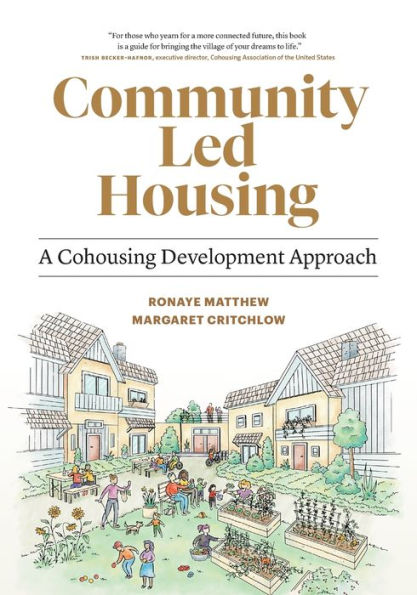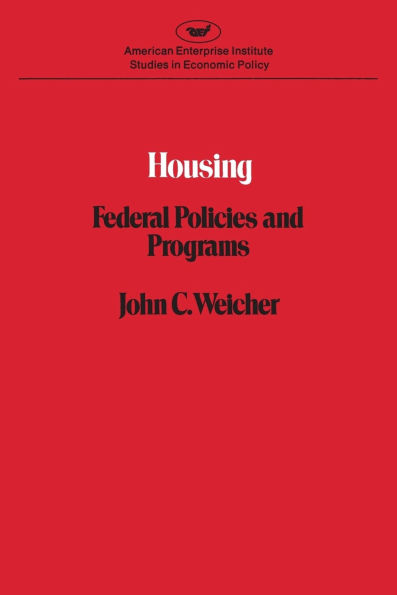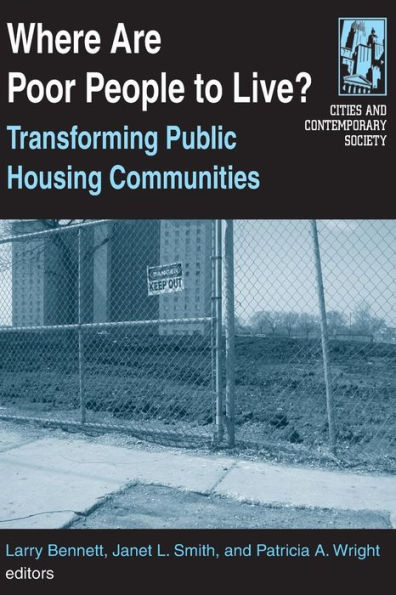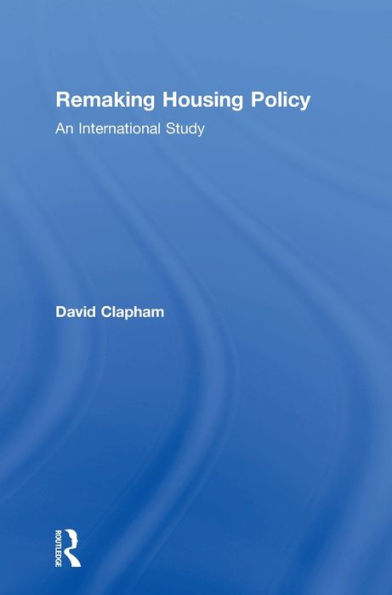Home
Public Housing: Low-Income Housing Tax Credit as an Alternative Development Method: Rced-93-31
Barnes and Noble
Loading Inventory...
Public Housing: Low-Income Housing Tax Credit as an Alternative Development Method: Rced-93-31 in Bloomington, MN
Current price: $17.75


Public Housing: Low-Income Housing Tax Credit as an Alternative Development Method: Rced-93-31 in Bloomington, MN
Current price: $17.75
Loading Inventory...
Size: OS
Pursuant to congressional requests, GAO compared public housing authorities' (PHA) development of housing under the Public Housing Development Program and Low-Income Housing Tax Credit Program, focusing on the: (1) characteristics of the tenants served; (2) characteristics of the projects developed; (3) costs of each program to the federal government; and (4) administrative experiences of PHA when developing housing through each program. GAO found that: (1) families with children were somewhat more likely to have serious housing problems than the elderly; (2) unlike the public housing program, the tax credit program did not provide PHA with an operating subsidy when tenants could not provide enough rent to cover operating costs; (3) the development of tax credit projects was not subject to Department of Housing and Urban Development (HUD) regulation and review; (4) HUD grants covered almost all of the public housing project development costs, while tax credits only generated enough cash to pay for more than half of the costs of developing the tax credit projects; (5) PHA had higher administrative costs when using the tax credit program; and (6) federal regulations and procedures for the public housing program greatly affected project development and completion.
Pursuant to congressional requests, GAO compared public housing authorities' (PHA) development of housing under the Public Housing Development Program and Low-Income Housing Tax Credit Program, focusing on the: (1) characteristics of the tenants served; (2) characteristics of the projects developed; (3) costs of each program to the federal government; and (4) administrative experiences of PHA when developing housing through each program. GAO found that: (1) families with children were somewhat more likely to have serious housing problems than the elderly; (2) unlike the public housing program, the tax credit program did not provide PHA with an operating subsidy when tenants could not provide enough rent to cover operating costs; (3) the development of tax credit projects was not subject to Department of Housing and Urban Development (HUD) regulation and review; (4) HUD grants covered almost all of the public housing project development costs, while tax credits only generated enough cash to pay for more than half of the costs of developing the tax credit projects; (5) PHA had higher administrative costs when using the tax credit program; and (6) federal regulations and procedures for the public housing program greatly affected project development and completion.

















